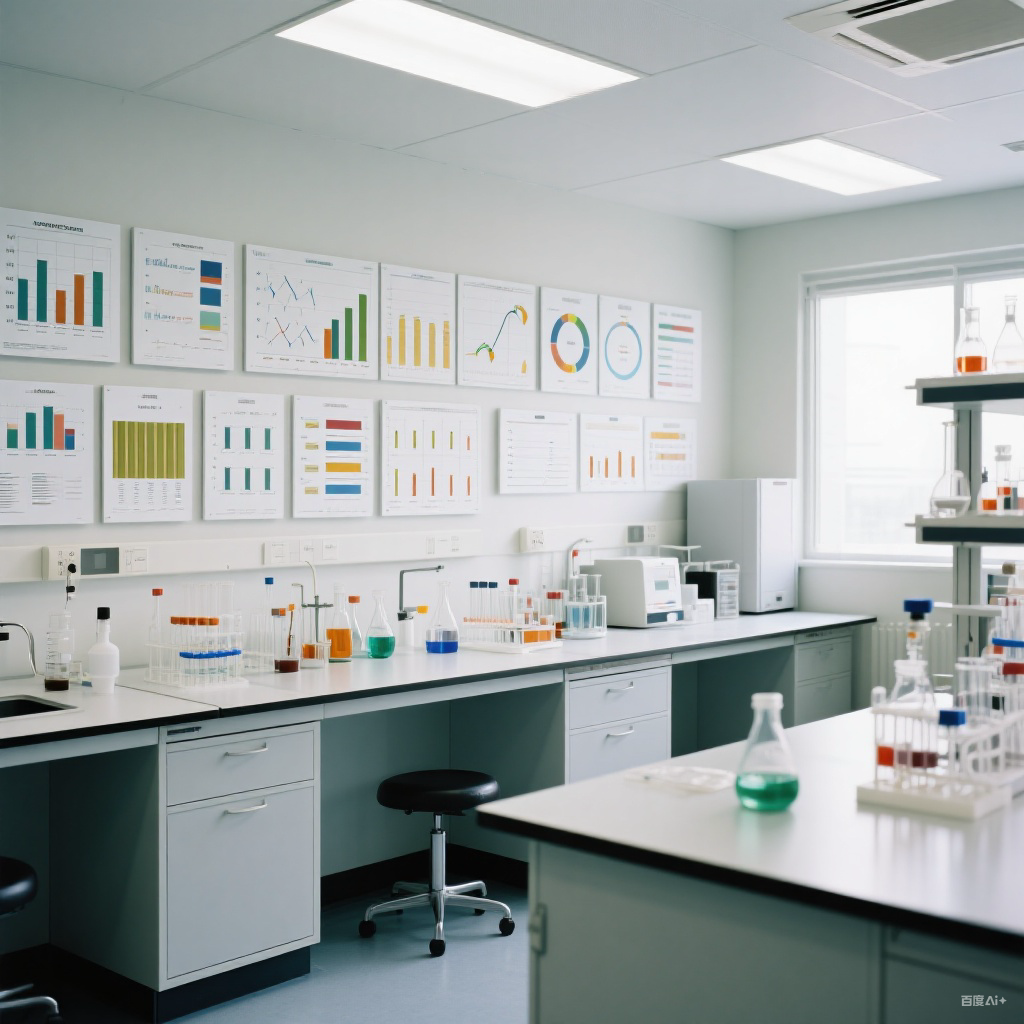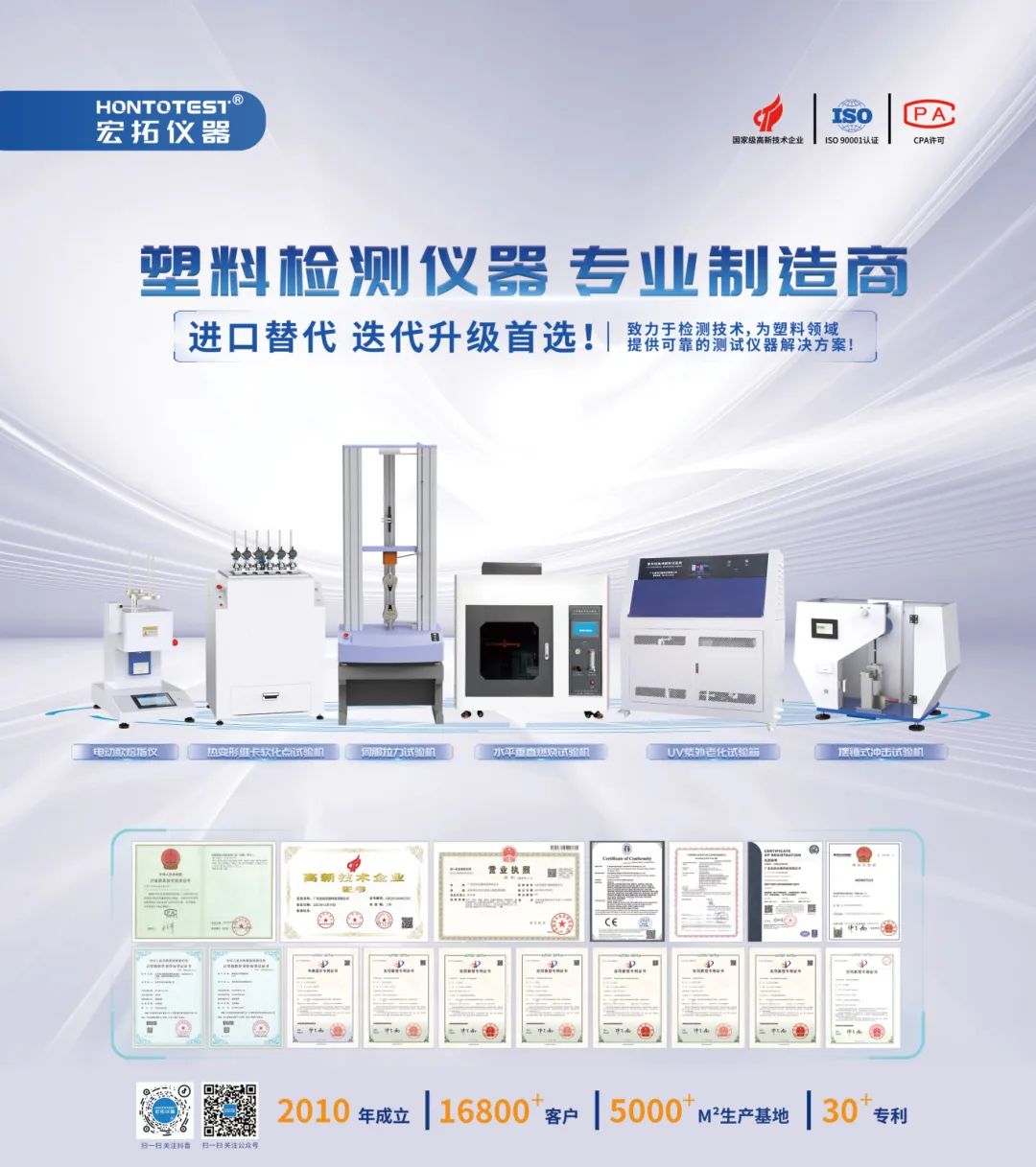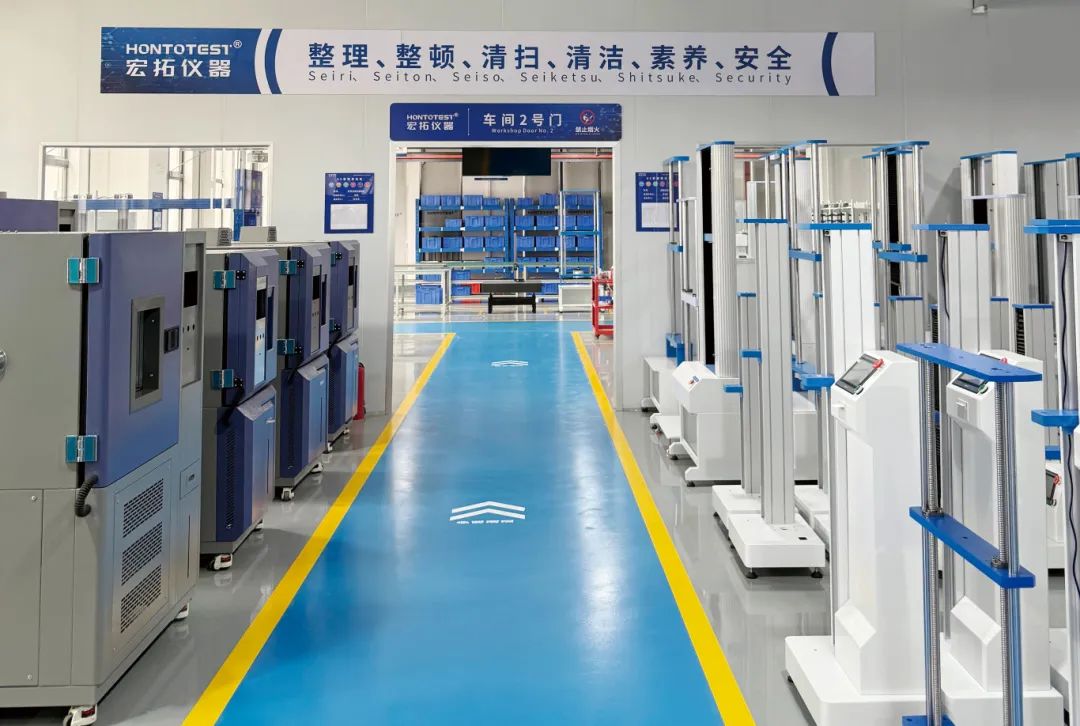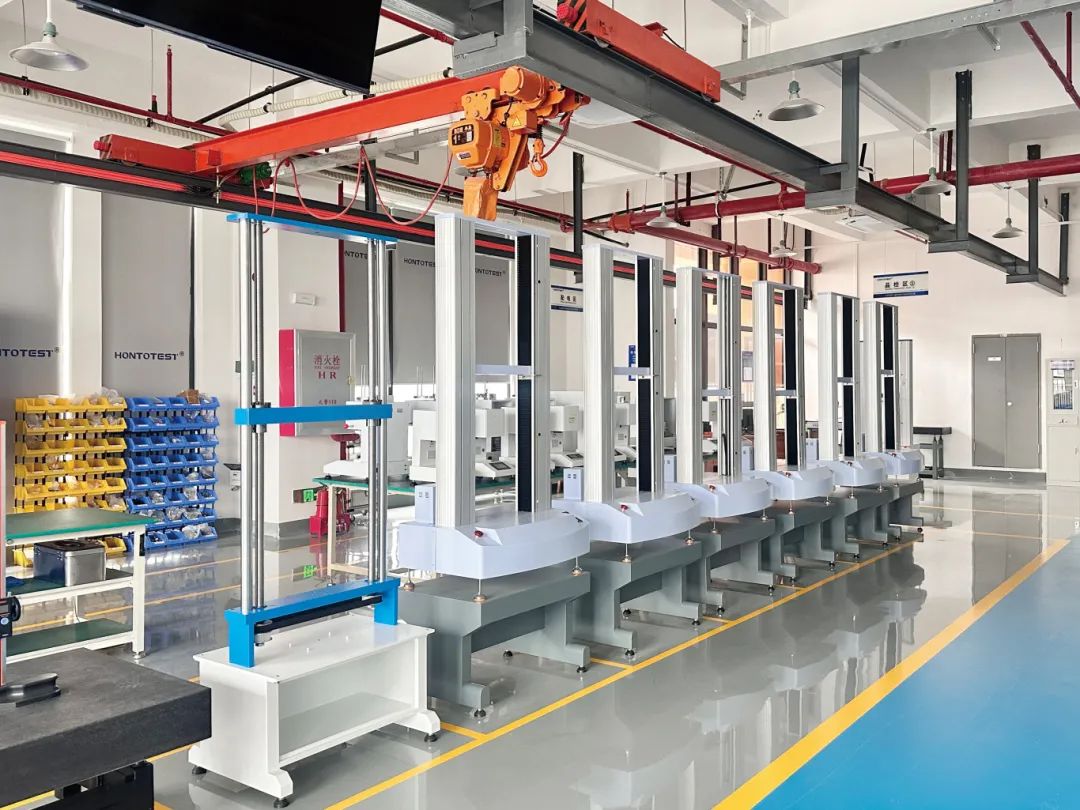Modified Nylon Testing Indicators and Equipment Guide
The routine testing indicators and application equipment for modified nylon need to be determined according to its...Specific Application Areas Modification PurposeTo determine, but usually covering the following aspects:

Key Daily Monitoring Indicators
1. Basic Physical Properties:
Density:Reflects the basic physical properties of the material and also affects the weight of the final product. Equipment: Densitometer、Electronic density balance。
Color and Appearance:Check color consistency, surface smoothness, impurities, black spots, bubbles, etc. Equipment:Visual inspection、Standard Light Box、Colorimeter、Gloss Meter。
2. Mechanical Properties (Core Indicators):
Tensile properties:Tensile strength, tensile modulus, and elongation at break reflect the material's ability to resist tensile failure and deformation. Equipment:Universal testing machine。
Bending performance:Bending strength and bending modulus. Reflect the material's ability to resist bending deformation. Equipment:Universal Testing Machine(Equipped with a three-point bending fixture).
Impact performance:
Simply supported beam impact strengthReflects the material's ability to resist notch impact failure. Equipment:Simply Supported Beam Impact Testing Machine。
Cantilever beam impact strengthAnother commonly used gap impact testing method. Equipment:Cantilever Beam Impact Testing Machine。
(Sometimes also measures no-gap impact strength)
Hardness:Commonly used Rockwell hardness (R scale or M scale). Reflects the material's ability to resist local indentation deformation. Equipment:Rockwell hardness tester。
3. Thermal performance (very important):
Hot deformation temperature:The temperature at which specified deformation is achieved under a specific load. It measures short-term heat resistance. Equipment:Hot Deformation Temperature Tester。
Vicat Softening Point:The temperature when the needle penetrates the specimen to a specified depth under a given heating rate and load. Another method to evaluate thermal softening performance. Equipment:Vicat Softening Point Tester(Often the same equipment as a thermal deformation instrument).
Melting point:Melting temperature of polymer crystals. Equipment:Differential Scanning Calorimeter。

4. Fluidity and Processing Performance:
Melt Flow Rate / Melt IndexThe mass in grams of molten resin passing through a standard die within 10 minutes under specific temperature and load. It reflects the melt flowability and molecular weight, directly affecting processing performance. Equipment:Melt flow index tester。
Moisture content:Nylon is highly hygroscopic, and moisture can severely affect processing (bubbles, silver streaks, decreased strength) and final performance.Extremely importantDaily inspection items. Equipment:Rapid Moisture Analyzer(Halogen/infrared heating),Karl Fischer Moisture Analyzer(more precise).
5. Electrical properties (for electronic and electrical applications):
Volume resistivity:The basic indicator for measuring the insulation performance of materials. Equipment:High Resistance Meter / Insulation Resistance Tester。
Dielectric strength:The maximum electric field strength that a material can withstand before breakdown. Equipment:Dielectric Strength Tester/Withstand Voltage Tester(Other properties such as dielectric constant, loss factor, etc., are tested according to specific requirements.)
6. Flame Retardant Performance (for flame-retardant modified nylon):
UL 94 Flammability Rating:Vertical burning and horizontal burning test ratings (such as V-0, V-1, V-2, HB) are the most core certification and testing indicators for flame-retardant materials. Equipment:UL 94 Vertical and Horizontal Burning Test Chamber。
Limiting Oxygen Index:The minimum oxygen concentration required to maintain flaming combustion of materials. Equipment:Oxygen Index Tester。
7. Dimensional Stability:
Shrinkage rate:Dimensional change rate during the cooling process after injection molding. Equipment: 、Projector、Coordinate Measuring Machine。
Application detection equipment
1. Universal Testing Machine:The core equipment is used for testing mechanical properties such as tension, bending, and compression. It typically needs to be equipped with corresponding fixtures (tension, bending, compression) and extensometers (for precise deformation measurement).

(Source: Guangdong Hongtuo Instrument Technology Co., Ltd.)
Impact testing machine:
Simply supported beam impact testing machine
Cantilever Beam Impact Testing Machine

(Source: Guangdong Hongtuo Instrument Technology Co., Ltd.)
3. Hardness tester:
Rockwell Hardness Tester(Commonly used R and M scales)
(Sometimes a Shore D hardness tester is also used, but the Rockwell hardness tester is more commonly used.)
4. Thermal Performance Tester:
Hot Deformation Temperature Tester
Vicat softening point tester(Often integrated with a thermomechanical analyzer)
Differential Scanning CalorimeterMelting point, crystallinity, glass transition temperature, etc.; melting point is more commonly tested in daily inspections.
5. Melt Flow Indexer:Key equipment used to monitor material flowability.
6. Moisture Analyzer:
Rapid Moisture Meter(Halogen lamp/infrared heating, fast and simple, suitable for large-scale daily testing)
Karl Fischer moisture meter(High precision, suitable as an arbitration method or in situations requiring extremely high accuracy)
7. Electrical performance tester:
High Resistance Meter/Insulation Resistance Tester(Measure Volume/Surface Resistivity)
Dielectric Strength Tester/Withstanding Voltage Tester
8. Flame Retardant Performance Tester:
UL 94 Vertical and Horizontal Burning Test Chamber(Required for flame-retardant materials)
Oxygen Index Tester
9. Density meter:
Electronic Density Balance(Commonly used, based on Archimedes' principle)
Density gradient column(High accuracy, but complex operation; seldom used in daily practice.)
10. Color and Appearance Equipment:
Colorimeter
Gloss meter
Standard Light Source Box(Color Light Box)
11. Dimensional Measurement Equipment:
Vernier Caliper/Digital Caliper
Micrometer screw gauge
Projector
Coordinate Measuring Machine(high precision, complex shapes)
12. Basic Tools:
Oven (used for drying samples or pre-treatment before testing)
Injection Molding Machine (Preparation of Standard Test Specimens)
Sample preparation equipment (such as notch-making machines for impact specimens)
Daily Inspection Key Points
Emphasize:Not all indicators need to be measured daily. Usually, according to...Product standards, customer requirements, and process stability monitoring requirementsDetermine daily inspection items. For example:
Melt Flow Rate (MFR/MFI), moisture content isBefore and after each batch of incoming materials and each production shiftAlmost always tested, directly affecting processing.
🔹Mechanical properties (tensile, bending, impact) areEach batch of products Core indicators of detection.
The heat distortion temperature is an important indicator for heat-resistant materials.
The flame retardant rating is a mandatory test item for flame retardant materials.
Color and appearance must be inspected for every batch.
Standard Compliance:All tests must be conducted strictly in accordance with the relevant international/national/industry standards (such as ISO, ASTM, GB).
Spline preparation:The preparation of test specimens (injection molding conditions, molds, conditioning - temperature and humidity control, drying) has a significant impact on the results and must be standardized.
Equipment Calibration:All testing equipment must be regularly calibrated to ensure data accuracy and reliability.
Data Recording and Analysis:Establish a comprehensive inspection record and data analysis system to monitor material stability, process fluctuations, and quality traceability.
Summary and Recommendations
The routine testing of modified nylon is a systematic project aimed at ensuring that material performance meets application requirements and maintains the stability of the production process. The core testing equipment revolves aroundMechanical properties (universal testing machine, impact tester, hardness tester), thermal properties (thermal deformation instrument, DSC), fluidity (melt flow indexer), and moisture content (moisture analyzer)Other equipment, such as those for testing electrical properties, flame retardancy, color and appearance, density, and dimensional measurements, should be configured and used according to the specific application fields and modification requirements of the product. Developing a reasonable testing plan and strictly adhering to standards are key to ensuring the quality of modified nylon products.
【Copyright and Disclaimer】The above information is collected and organized by PlastMatch. The copyright belongs to the original author. This article is reprinted for the purpose of providing more information, and it does not imply that PlastMatch endorses the views expressed in the article or guarantees its accuracy. If there are any errors in the source attribution or if your legitimate rights have been infringed, please contact us, and we will promptly correct or remove the content. If other media, websites, or individuals use the aforementioned content, they must clearly indicate the original source and origin of the work and assume legal responsibility on their own.
Most Popular
-

List Released! Mexico Announces 50% Tariff On 1,371 China Product Categories
-

EU Changes ELV Regulation Again: Recycled Plastic Content Dispute and Exclusion of Bio-Based Plastics
-

Clariant Unveils Cost-Cutting Plan Details, Plans to Shut Down Multiple Plants
-

Nissan Cuts Production of New Leaf EV in Half Due to Battery Shortage
-

Mexico officially imposes tariffs on 1,400 chinese products, with rates up to 50%






